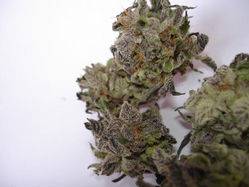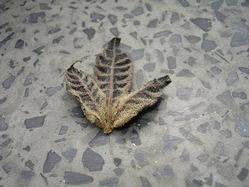G
Guest
Take a look at my Dark Kush thread, I got a 5-pack and got 3 males and 2 females, the 2 females differ somewhat so I reckon I would need a lot more seeds of this variety to find all the phenos and decide which to select for making seed:
http://www.icmag.com/ic/showthread.php?t=41768&page=3&highlight=dark+kush+indica
I've also got a 5-pack of Nepai that is goign to be grown soon, plus a 10-pack of Pakistan Valley by World of Seeds, about 40 Egyptian landrace beans direct from the source country, a landrace Afghani collected by a soldier whos the brother of a grow buddy (not sure where in Afghanisatan, but I'll try to find out), and another, different Afghani that turns completely purple, it's supposedly a pure Afghani not a hybrid. I'm gonna try out all these in the coming months. i want to get hold of some Deep Chunk, Maple Leaf Indica and one or two others as well, I'm looking for the best landrace indicas to cross to my collection of landrace sativas. Anyone ever tried Seedsman's Afghani #1 or Sensi Seeds' version?
http://www.icmag.com/ic/showthread.php?t=41768&page=3&highlight=dark+kush+indica
I've also got a 5-pack of Nepai that is goign to be grown soon, plus a 10-pack of Pakistan Valley by World of Seeds, about 40 Egyptian landrace beans direct from the source country, a landrace Afghani collected by a soldier whos the brother of a grow buddy (not sure where in Afghanisatan, but I'll try to find out), and another, different Afghani that turns completely purple, it's supposedly a pure Afghani not a hybrid. I'm gonna try out all these in the coming months. i want to get hold of some Deep Chunk, Maple Leaf Indica and one or two others as well, I'm looking for the best landrace indicas to cross to my collection of landrace sativas. Anyone ever tried Seedsman's Afghani #1 or Sensi Seeds' version?




